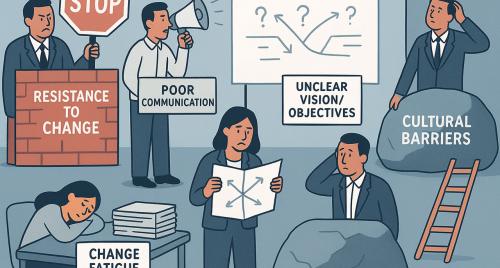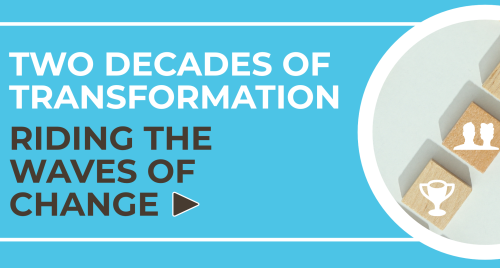
During periods of significant change, the decision-making process becomes extremely difficult, with added layers of complexity and uncertainty of what information is relevant or irrelevant. There is also the possibility that your organisation is not aware that it is missing key data. Dealing with decision-making with less information or information in a new or unfamiliar format, we are less likely to take risks. We are likely to play it safe and go with a ‘safe’ decision or even delay a decision in the hope of getting more information. By using older methods, what may appear as a safe option may, in fact, be entirely the wrong option and leave the organisation in a false state of security and more vulnerable. Another aspect is that relying on the old decision-making processes means possible opportunities may be missed as well.
To deal with the uncertainty, we will have to consider the process of decision-making but as importantly, the psychology behind the process.
The steps below will help you adjust to the new situation and allow you to prepare for dealing with the decision-making process.
- Regain control through internal self-management – our initial response to uncertainty is to fall back on default/effortless thinking pathways (a mental “fight or flight”). Unfortunately, these are not the best way forward as they encourage inflexibility, negativity, and conformity. By addressing or challenging the three aspects: how you Think, Feel, and Act, you can reset internal control. Allowing your decision-making to be driven by your internal cognition rather than being distracted by different external factors. Another important aspect of self-management is to proactively reduce your stress in this situation. Self-care, relaxation techniques, and talking with colleagues will help.
- Reduce uncertainty by evaluating the situation systematically – focusing on individual points of uncertainty and comparing their predictability in relation to other points. This will allow you to reduce the overall uncertainty by being able to pinpoint actual points of uncertainty by measuring their predictability, such as the lower the predictability, the higher the uncertainty.
- Control the external environment – think about the People, Place, and Time that you are faced with and modify them to fit most comfortably with the decision-making process. Who should be involved, and how? Your place or environment of your work? The time that you are best able to work on this situation and get the best results.
By addressing the above, you will allow yourself to better address uncertainty and the impact it has decision-making.









